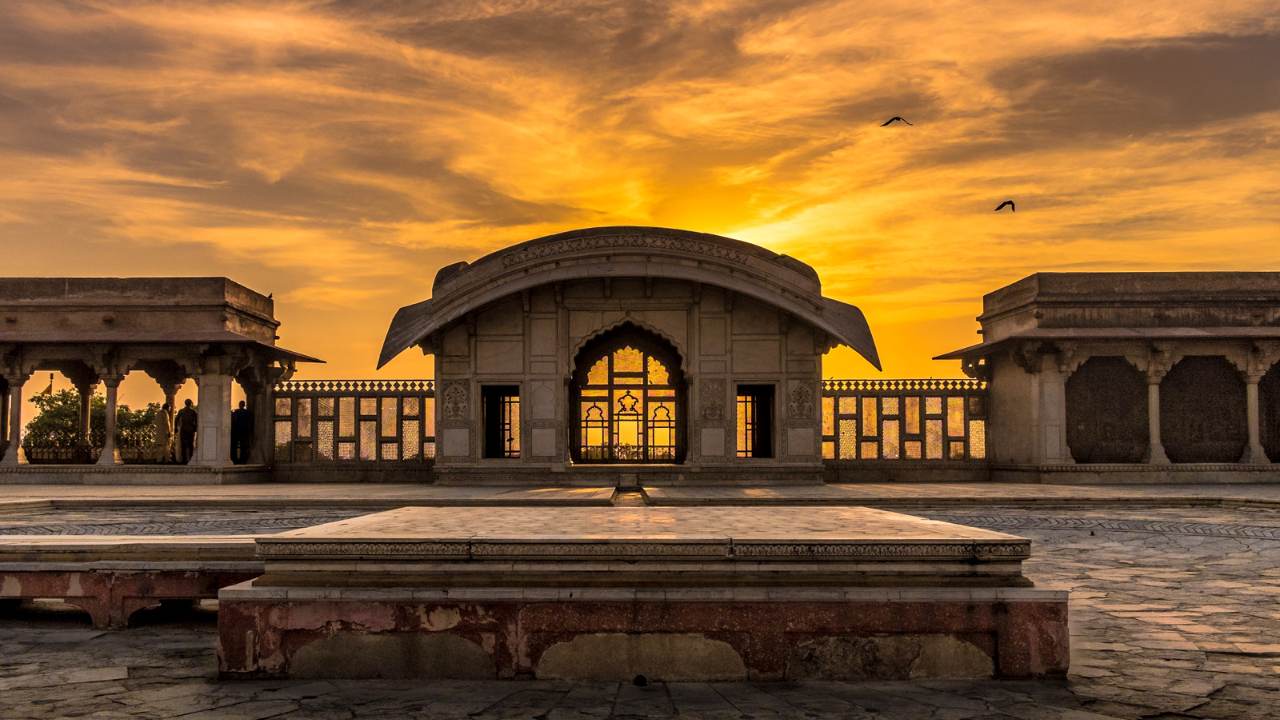
The Empire had always functioned through a system of jagirs. A jagir was a grant of the public revenues of a district given by the state to a noble, who would administer the district’s government. Nobles would be transferred every few years to different districts, stopping them from building local power bases.
In the early Mughal period, the success of the jagir system relied on sufficient Northern expansion (and no futile Southern military campaigns). When the situation changed and the Empire became static, the system shuddered. This is an old view among historians: in 1959, Satish Chandra credited the failure of the jagir system with imperial decline.
But decline was no unstoppable process; at many points, the Empire had the chance to reform itself. It failed. Nizam ul-Mulk, who became imperial vizir in 1722, proposed to Emperor Muhammad Shah a series of promising reforms, including redistributing jagirs and sacking many nobles. The Emperor, influenced by self-interested advisers, rejected the proposals.
Everywhere local power holders were responding to the situation by increasing their own authority. The central state was unable to combat the trend. The imperial edifice, historian Muzaffar Alam asserts, ‘collapsed within forty years after the death of Aurangzeb’s death’; it had lost the vitality characteristic of its glory days.
In Awadh in the North, local rulers launched a series of revolts, but since their goals were limited, the Mughals dealt with the threats through violence and appeasement. In the Punjab, though, a series of uprisings gradually corroded imperial authority. The Sikh rebellions especially were a direct threat, as were Maratha military exploits.
Slowly, the Mughal Empire was crumbling.
Richard Eaton, India in the Persianate Age: 1000-1765 (2019)
Muzaffar Alam, The Crisis of Empire in Mughal North India: Awadh and Punjab 1707-48 (2013)